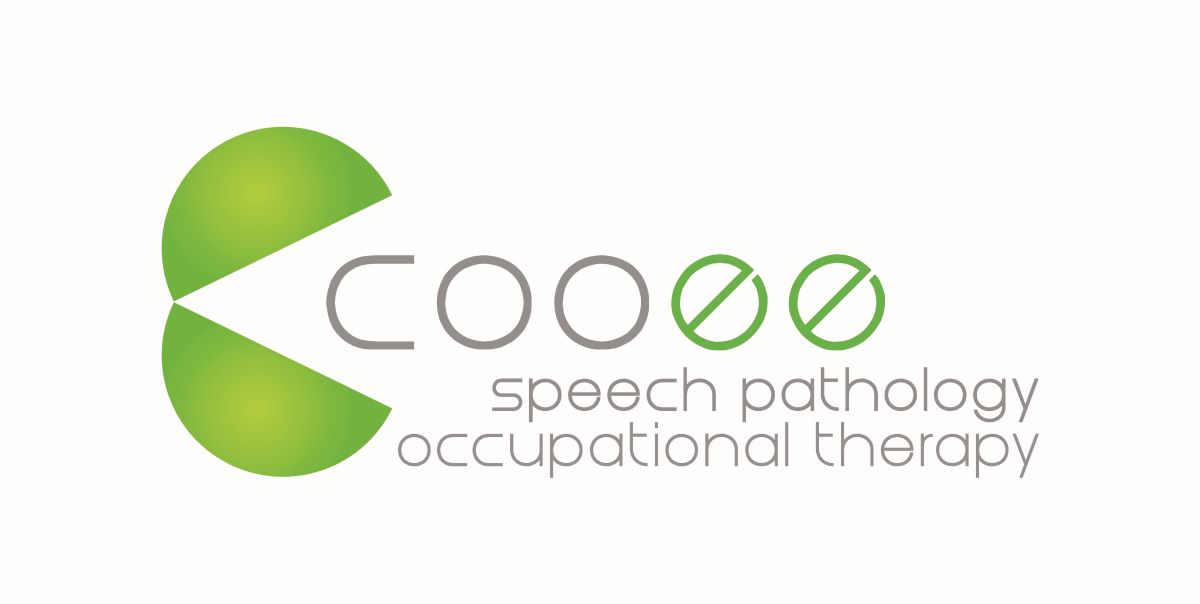Creating a “Language Bubble” Around Your Child.
Hello, Tess here! Sharing a few thoughts on how to create a ‘language bubble’ at home with your child.
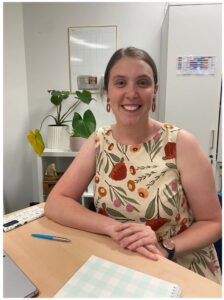
While doing some recent clinical research, I came across the term “Language Bubble.” It instantly brought to mind an image of a child growing and developing surrounded by a warm glow of words and language.
Children develop language by taking in what they hear and see around them.
This provides parents and families with opportunities to shape the “language bubble” around their child to provide a rich language environment.
Below are some strategies speech pathologists recommend using for children who are beginning to talk, to strengthen their language bubble and support their development.
Self talk
This strategy is commentating what you (as the parent or carer) are doing with the child in routines and daily activities. This is a great way to increase the amount of language babies and young children are hearing. For example while you’re getting dinner ready, “I’m mixing the sauce” or “mummy’s scooping the pasta”.
Never assume a word is too ‘big’ or ‘adult’ for a child to be benefit from learning.
Let your child lead
We all like to talk about things that we find interesting and young children are no different.
When using these strategies to encourage your child to talk and use more words, first let them take the lead and choose what to play, as your child may feel more motivated to communicate about an activity they enjoy. It is also a great way to model words and phrases they are interested in.
Letting your child lead & attuning your interest to them, indicates that you are present in the play and ready to explore with them, through your connection.
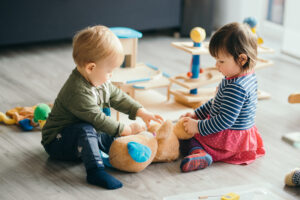
Modeling
Modeling is a fantastic way to expose your child to new words and encourage their use – and it is likely something you already do everyday! Children learn language by listening to people around them and copying what they hear. Parents can model new words by using them in play and conversation with your child.
Some familiar examples of modeling include: pointing to toys or objects and saying the word, or saying “up” when your child extends their arms to be picked up. Next time your child is having a bath or on the change table, hold up the item (nappy, soap) and name it for your child.
Don’t forget also – to mix up your modeling – make sure you are weaving in a range of different types of words into your language bubble. Try to include not just labels of objects (cat, mum, ball) but also actions (go, stop, push), negation (gone, no) and other meaningful words that correlate strongly with every day life activities (like up, more, again, where, my turn) etc.
It’s a good idea to model just one small step ahead of what your child is using expressively, so it’s easy for them to hear + copy. Also to model slowly, so they can see your mouth move if they are really young – but always model the correct grammar. No need to cut out the little ‘filler’ words!
Expansion
Children typically begin putting two words together more frequently at around two years of age and continue to expand to longer sentences as they develop. Language expansion is taking what the child has said and providing a model at the next stage of development. For example if you are driving to school or daycare and your child says “car” you could expand to “we are in the car” or “driving in the car.” Simply try adding some more to the start or the end of your sentence.
You can also use new question types to help with making longer sentences – e.g.by asking questions – we can turn “car” into..
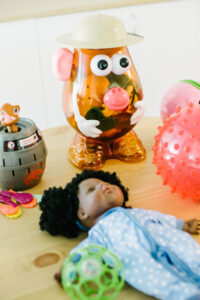
What kind/with what? car –> my car –> my blue car –> my big blue car —> my big blue car with wheels!
Where? car –> in the car –> in my seat in my car –> in my seat, going to school, in my car!
Doing what? car –> driving in the car –> driving on the road –> driving on the road, in my car!
Who? car –> mummy is in the car –> sammy is in the car –> mummy and sammy are in the car!
Questions that follow the ‘wh’ format, are generally more powerful for modelling language than closed descriptive questions like ‘what colour is this’, or using flashcards to expand language.
But however you talk – just know, by talking to your child everyday you are already creating and growing the language bubble! As you try using a new strategy this week with your child to foster their development, notice how their language bubble grows!
If you have questions about your child’s early language development please contact us on 3265 4495, email [email protected] or book a clinical journey planning session with one of our Speech Pathologists.
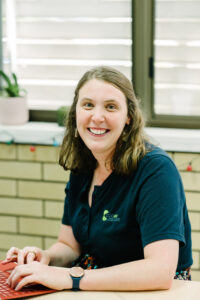
Tess Marson
Speech Pathologist
